A power surge is a spike in power that can damage your electronics, burnt wires, damage electrical, and cause a fire. The power surge happens once the voltage in your home electrical rises above the standard.
The standard voltage in your home or office is 120 Volts and in 240 Volts in high-power dryers or range outlets. The voltage spike above those standard levels can cause damage.
Surge protectors are used to protect electronics from power surges. The surge protector re-directs power surges through a less resistant path, also known as the ground wire. Keeping your electronics grounded helps provide protection to them from the power surge. They also protect your home from an electrical fire or other issues when there is too much voltage running into your outlets.
The surge protectors are made to detect a spike in voltage and divert it. It is important to use them with your expensive electronic devices like TV, Computers, Stereos, and cell phones.
Commonly surge protectors are power strips made with a surge protector built into them. AC WORKS® brand carries a surge protector PSROT-072.

The PSROT-072 by AC WORKS® even has a built-in 15 Amp circuit breaker to back up the surge protection. You can keep your cables organized and the outlets rotate allowing you to maximize space on your power strip. This product has a clamping voltage of 330 Volts, offers surge suppression up to 2160 Joules in less than a nanosecond of response time, and a lifetime spike protection rating of 144,000A or 6KV. Six rotating and two fixed receptacles are covered by surge protection and the circuit breaker.
Because surge protectors are designed to take additional voltage, the damage is caused to the surge protector over time and it will need to be replaced. The lifetime of the PSROT-072 by AC WORKS® is extended because of its Safety Shutdown Technology feature, cutting power in the event of extreme, prolonged energy spikes.
Lightning striking close to home or a direct hit can cause a very harsh voltage spike that will not allow protection to your electronics by using a surge protector. That type of current is too large for a protective device to help.
To be safe from a direct lightning strike during a storm you should unplug your expensive electronics. Those electronics like microwaves, TV, and portable heaters which require a higher peak power to switch on are more vulnerable to a damaging power surge.
To learn more about how a surge protector works watch this week’s episode of AC WORKS® Wisdom: How Surge Protectors Work.
Do you have a topic you want to learn more about? Send me an email and I will try to add your topic to our calendar.

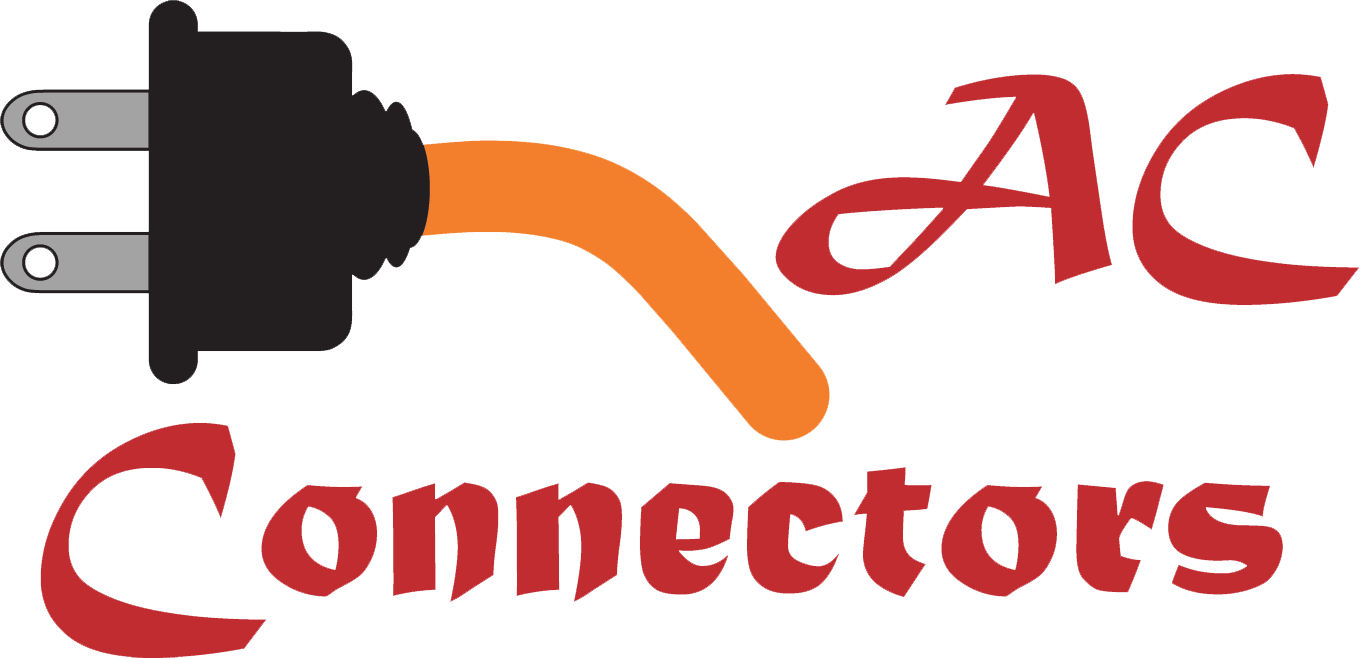

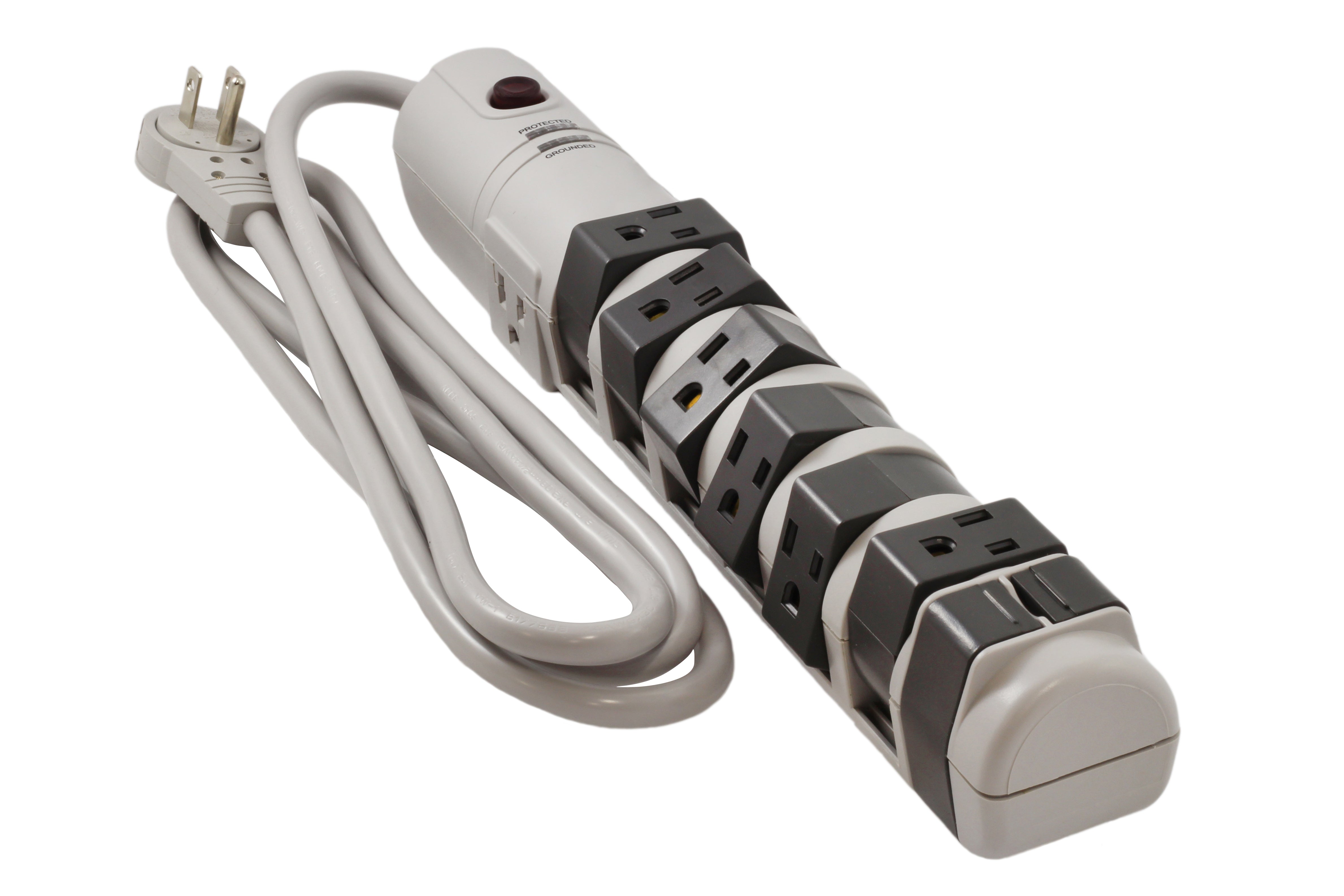
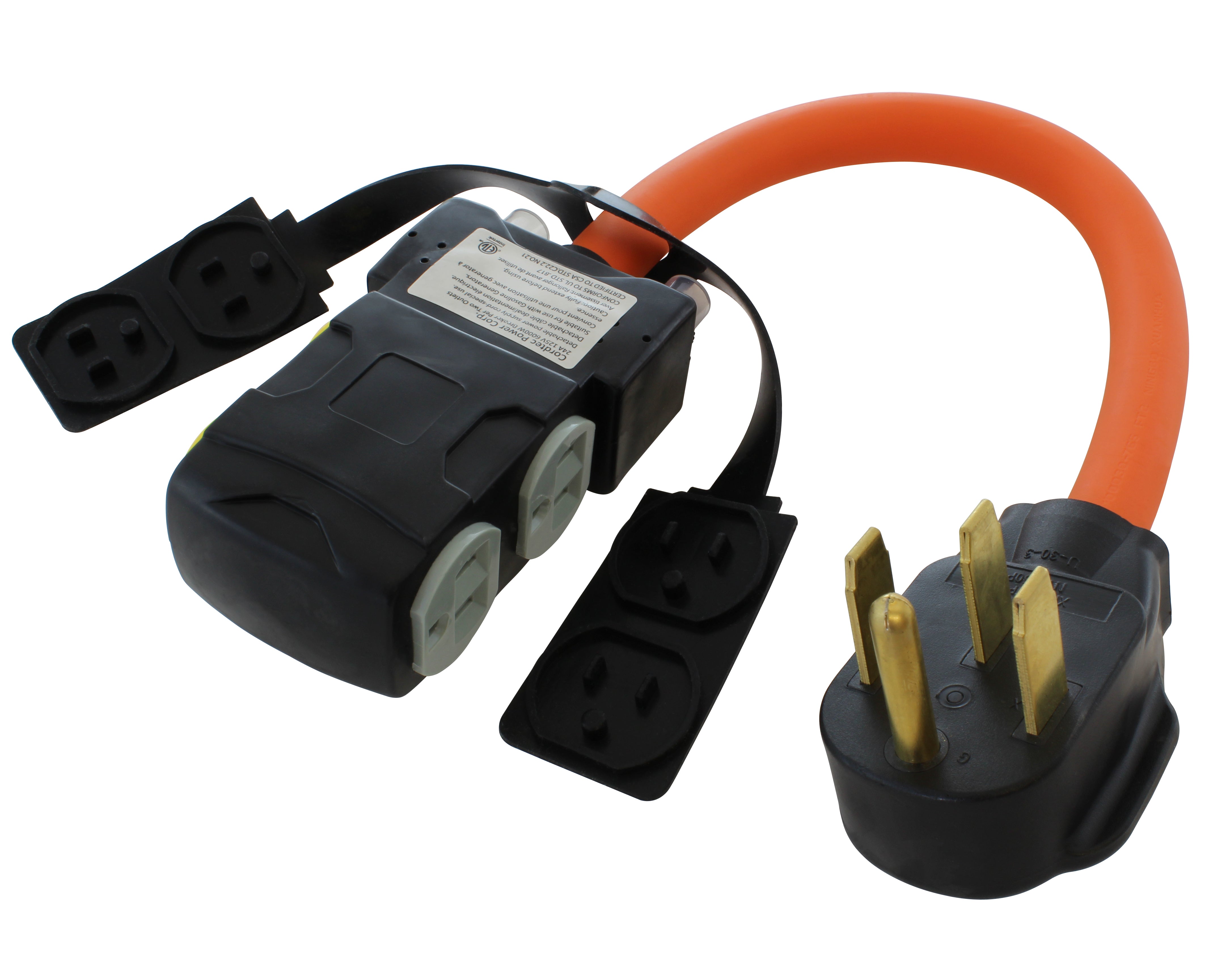
![AC WORKS® [ASINSS2PBX-G] 50A Locking 4-Wire CS6375/ SS2-50 Heavy-Duty Transfer Switch Inlet Box](http://acworks.com/cdn/shop/files/ASINSS2PBX-0_0206b362-7c90-42a5-8754-0685c13dab7e.jpg?v=1758051675&width=2500)
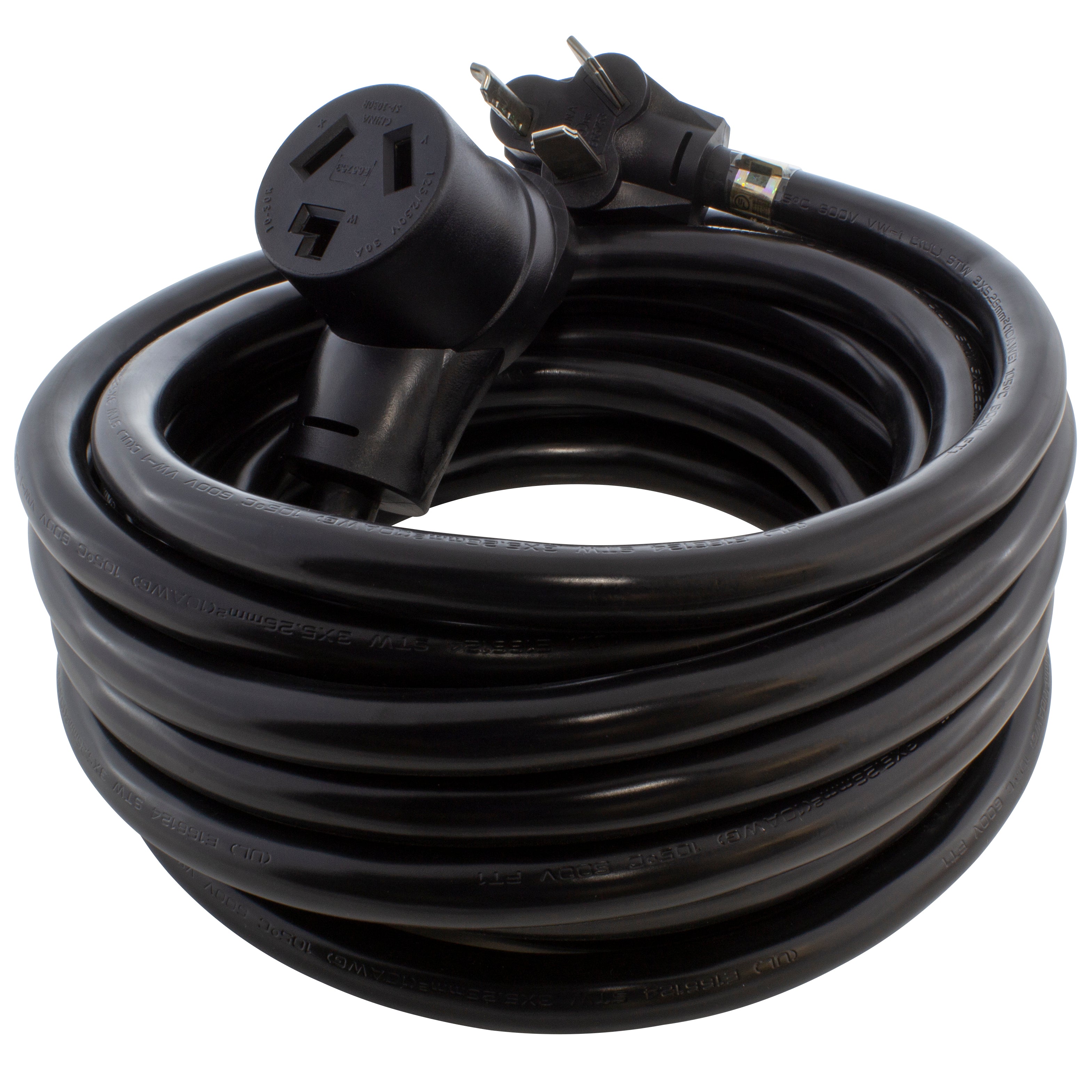
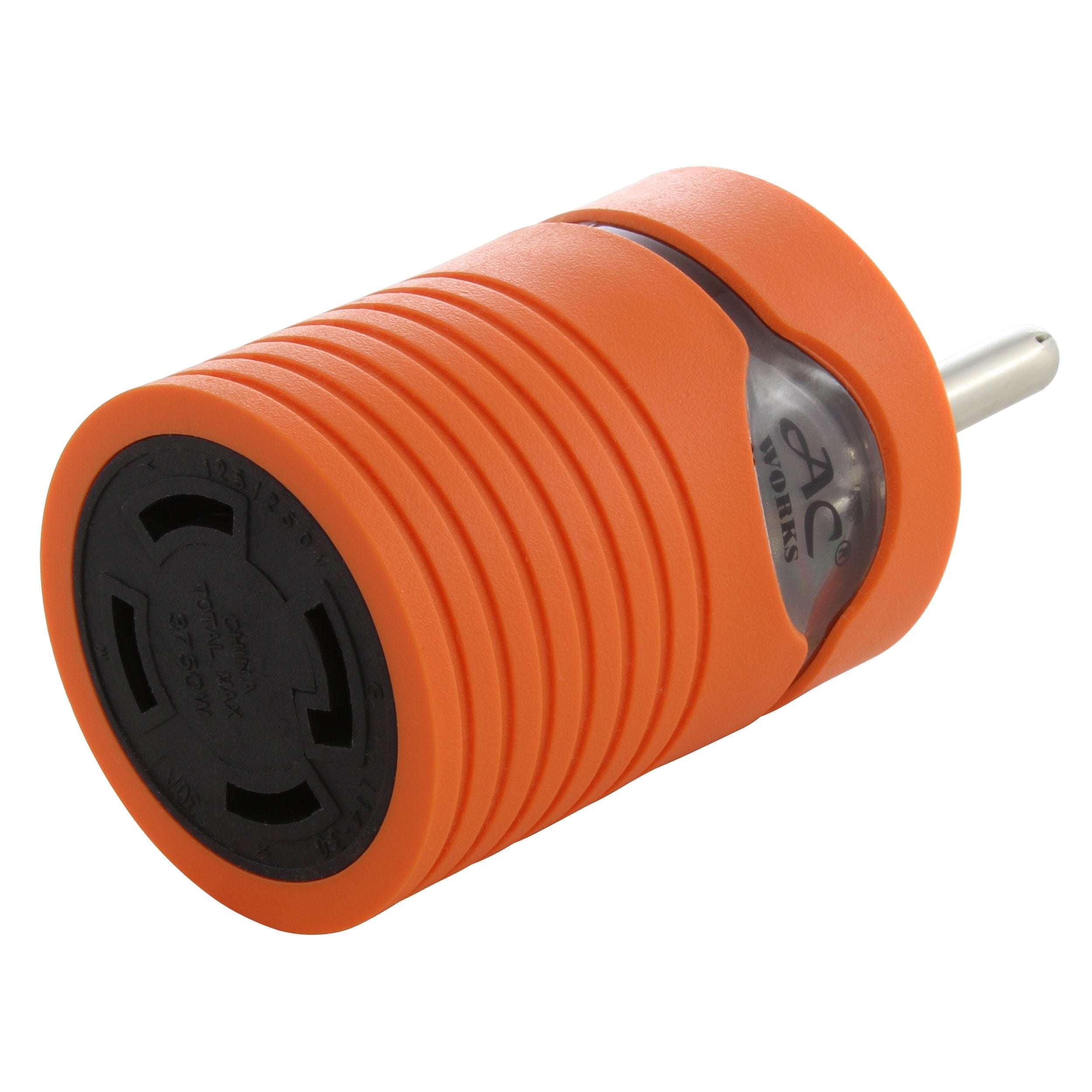
![AC WORKS® [S1430CBF520] 1.5FT 14-30P 4-Prong Dryer Plug to (4) Household Outlets with 24A Breaker](http://acworks.com/cdn/shop/products/S1430CBF520.jpg?v=1666103519&width=4656)
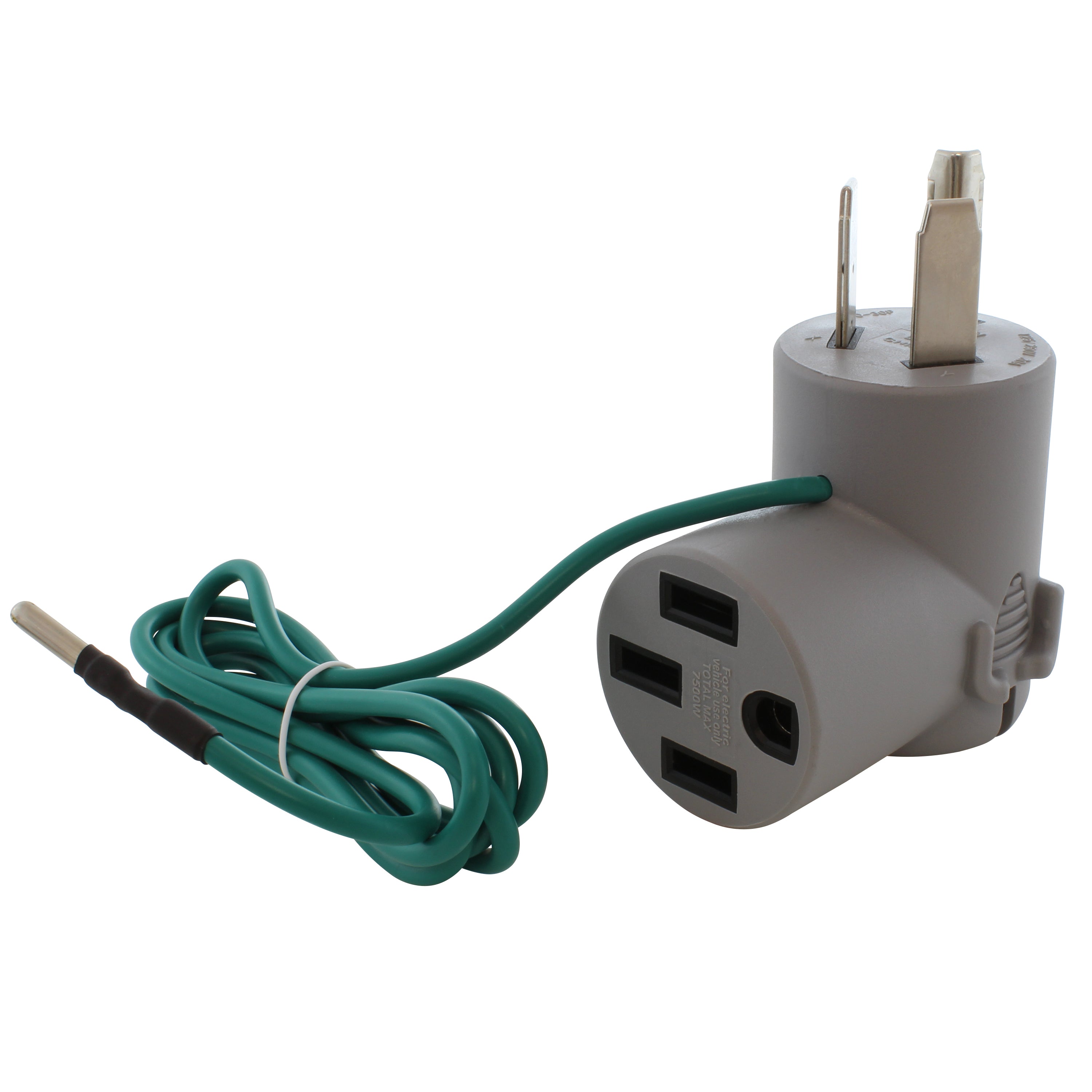
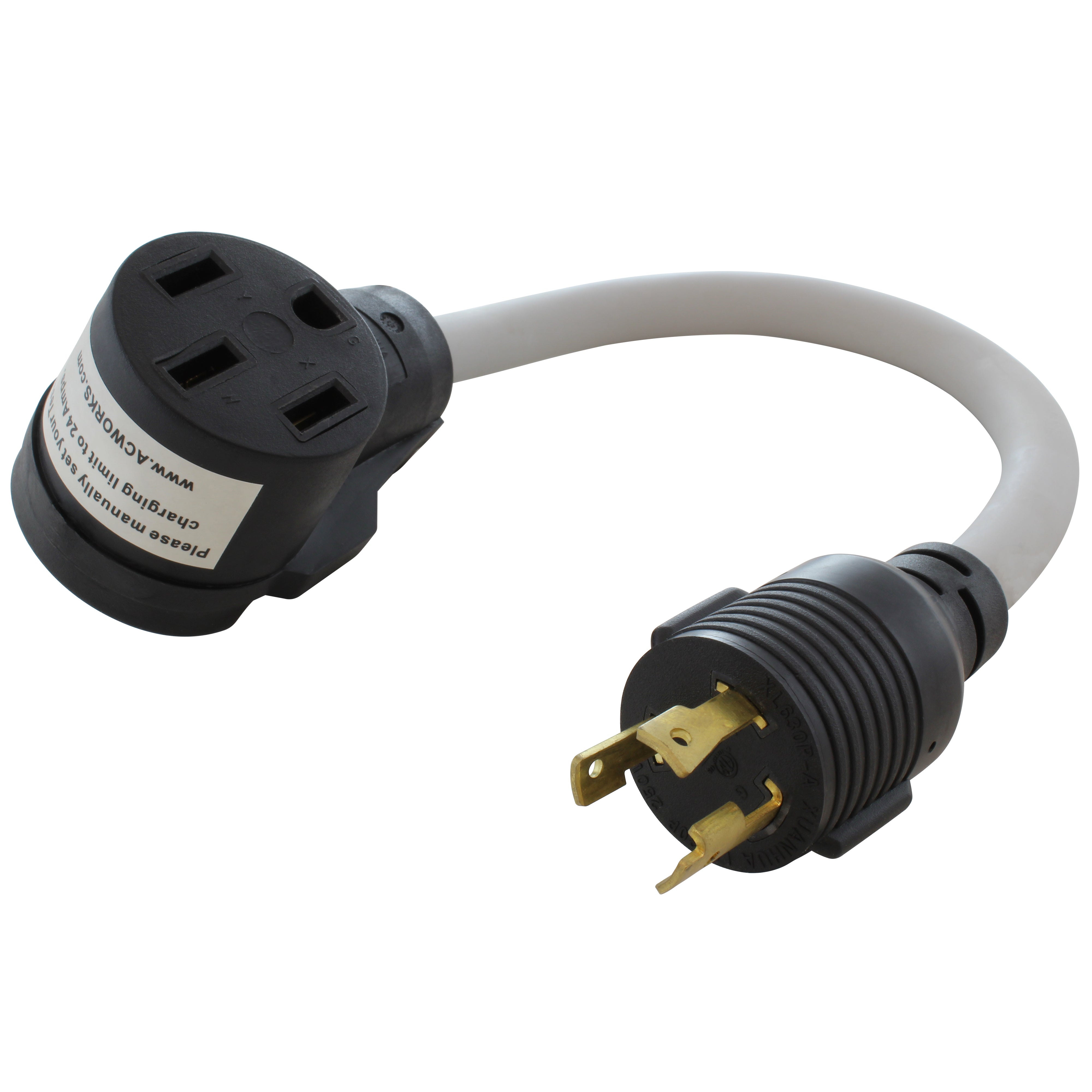
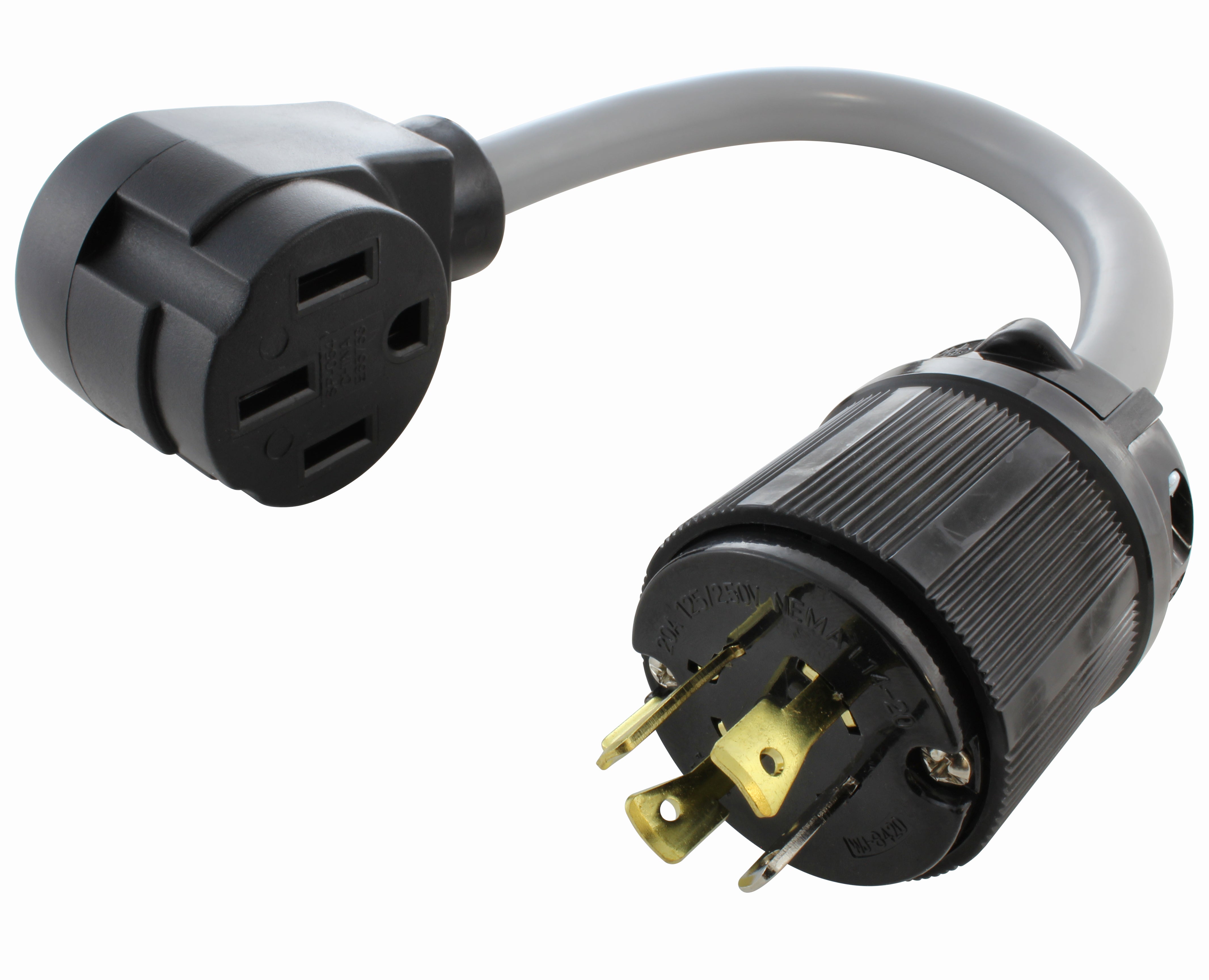
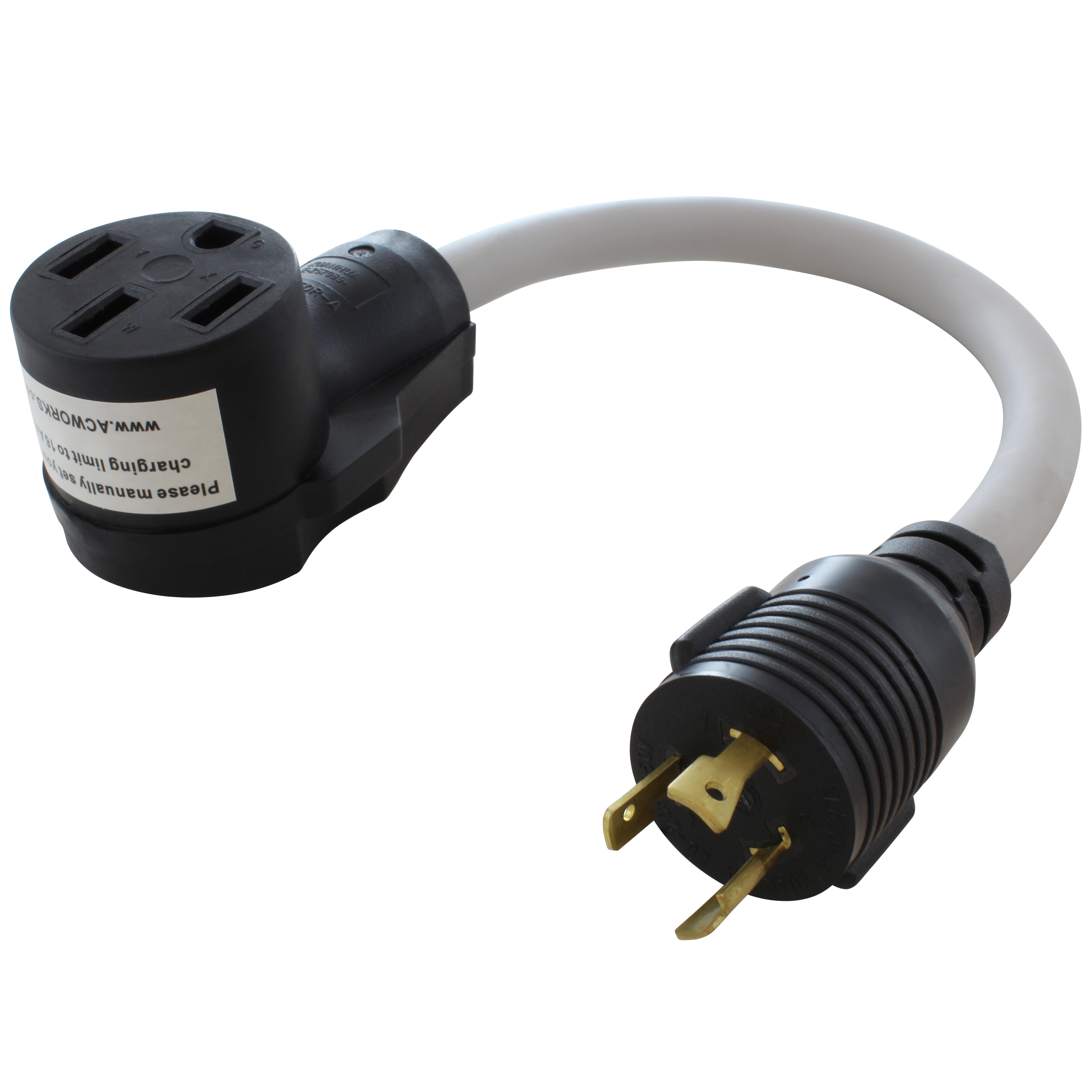
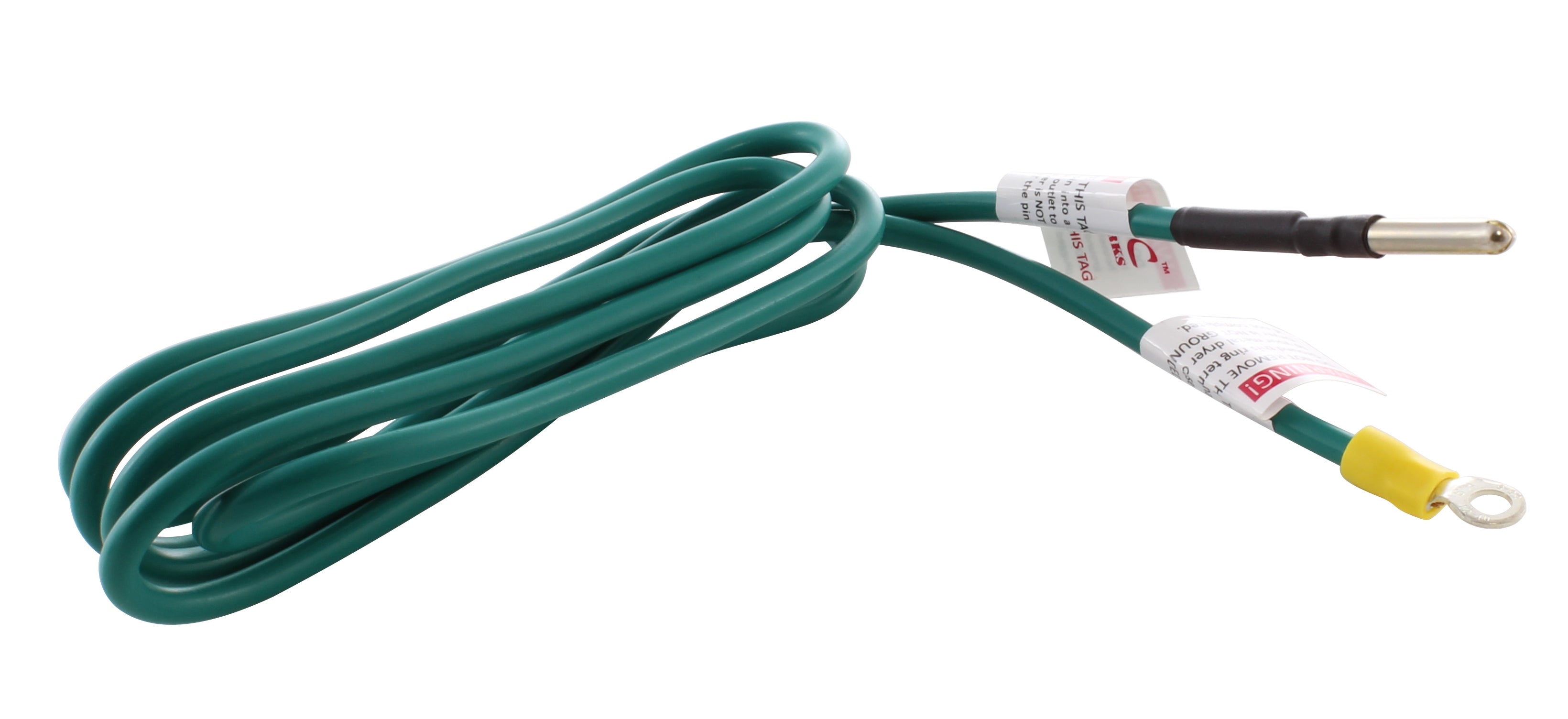
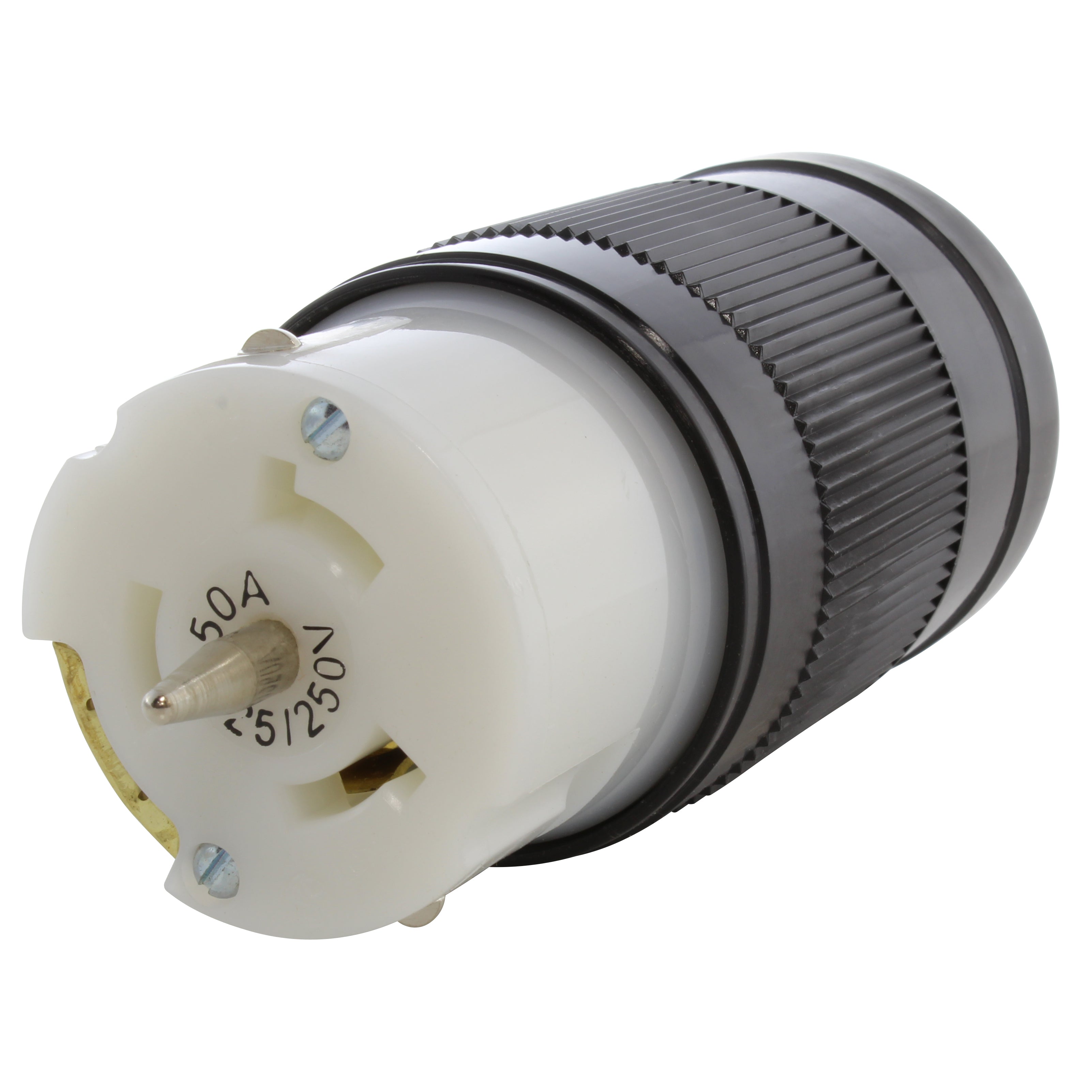
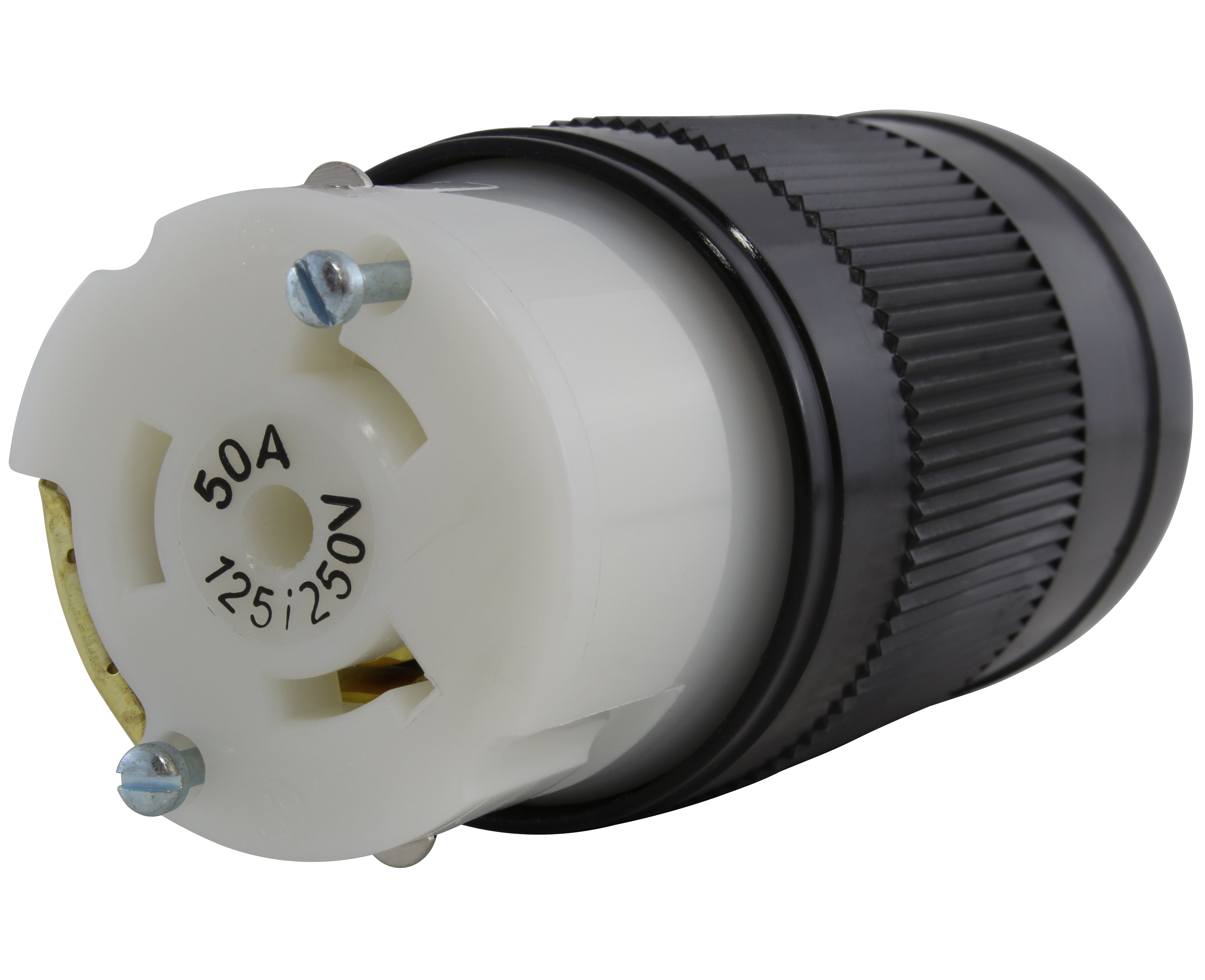
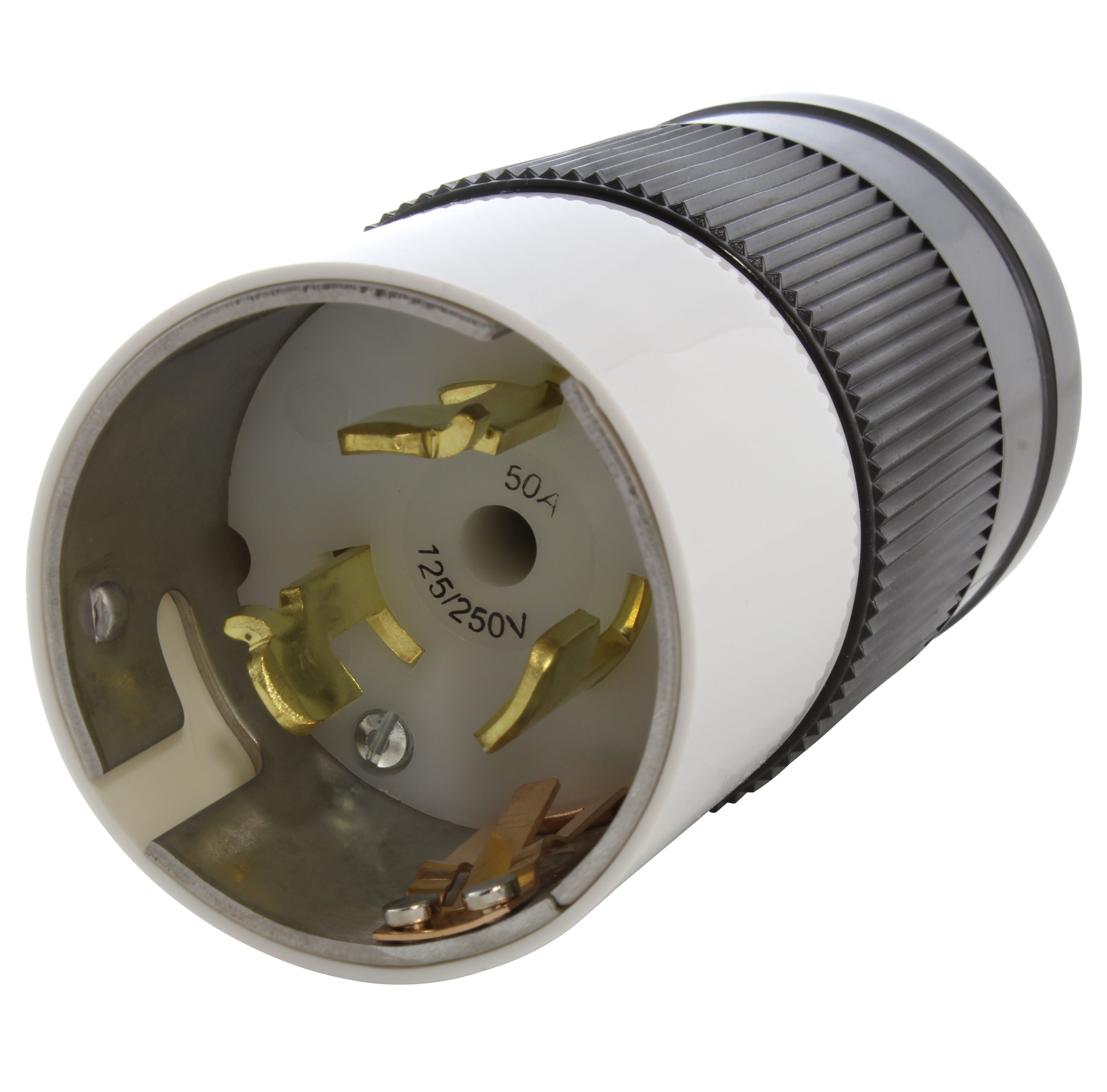
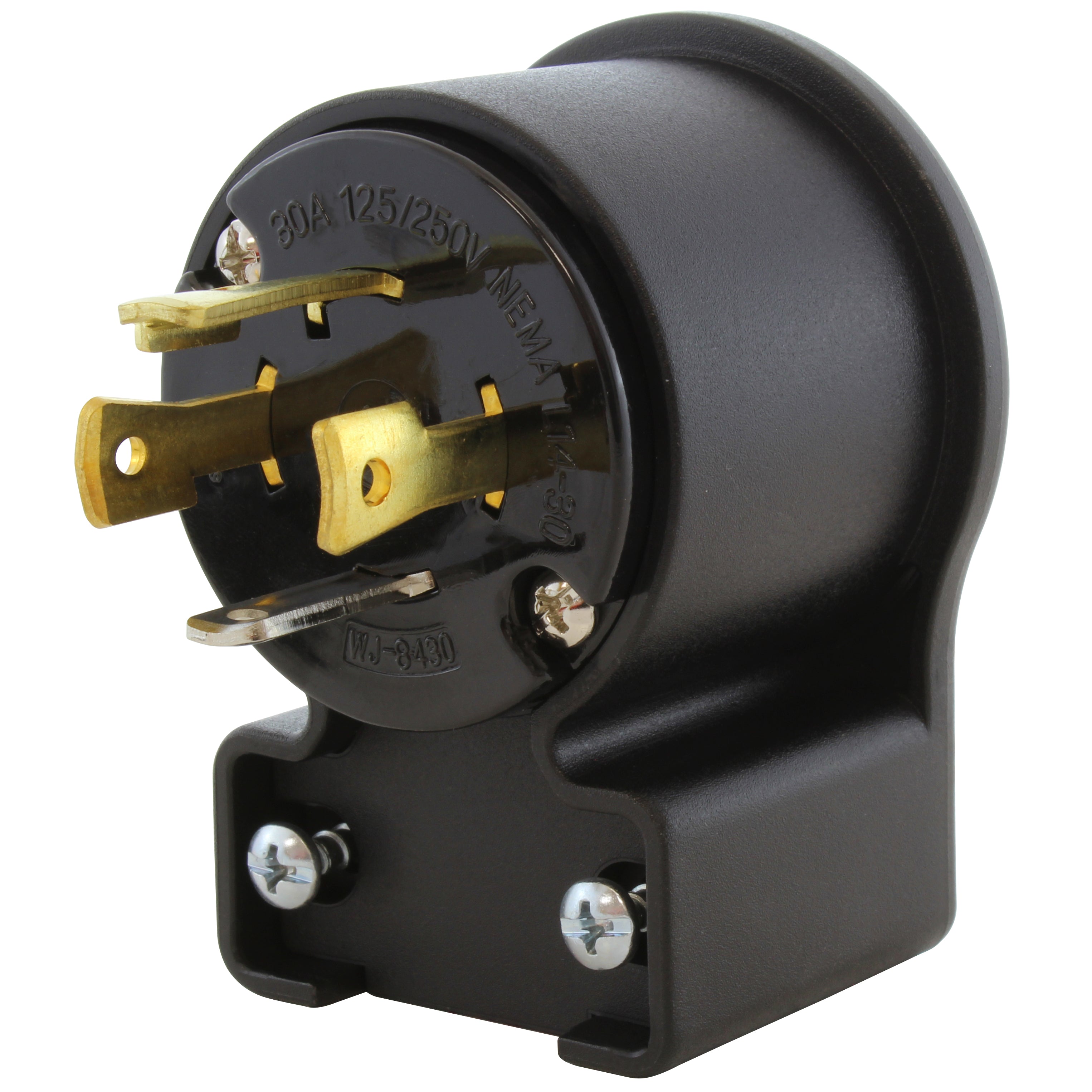
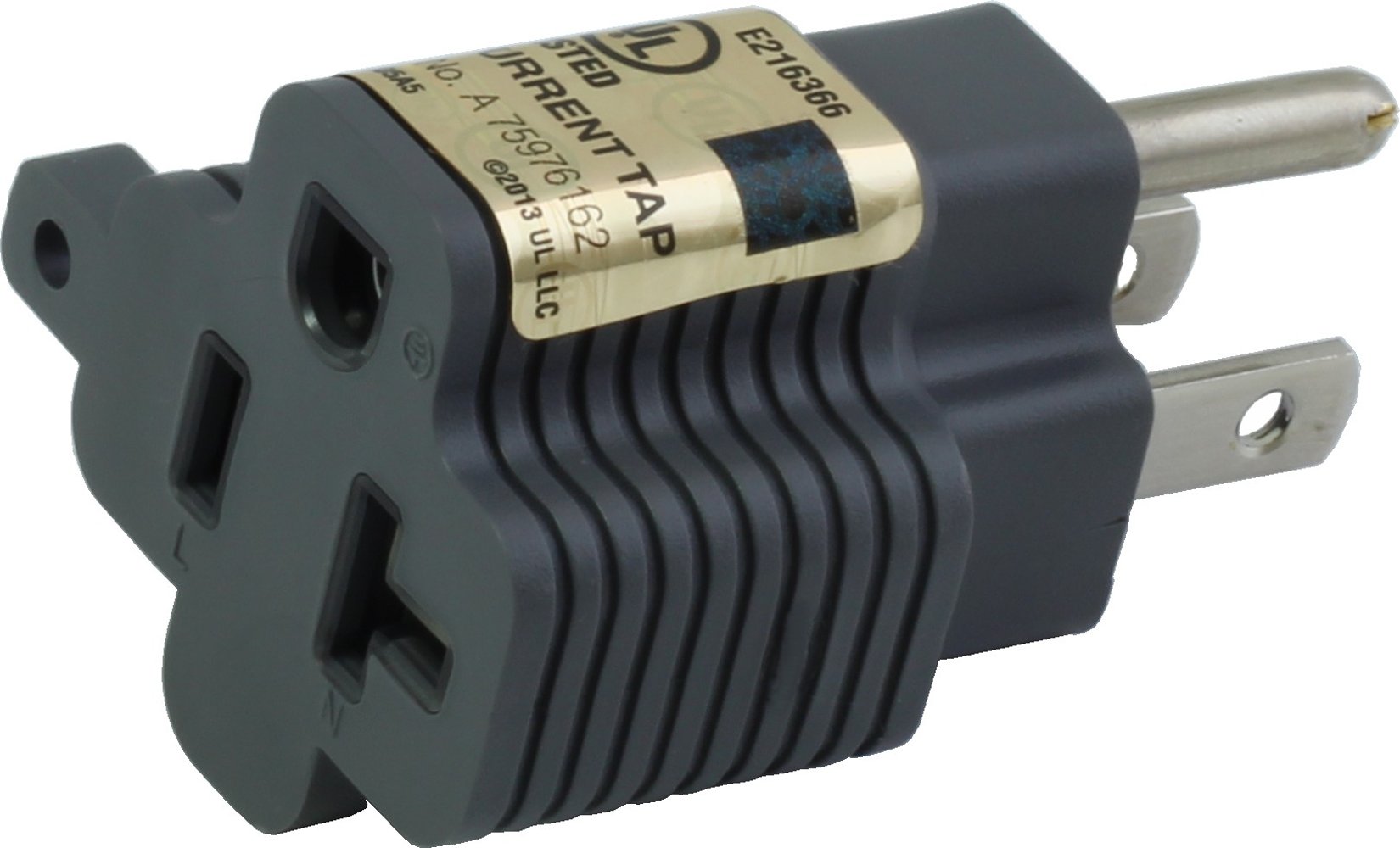
![AC WORKS® [ADV104] 3-Prong Heavy-Duty V-DUO Household Outlet Adapter](http://acworks.com/cdn/shop/products/ADV104-0.jpg?v=1605738768&width=3128)
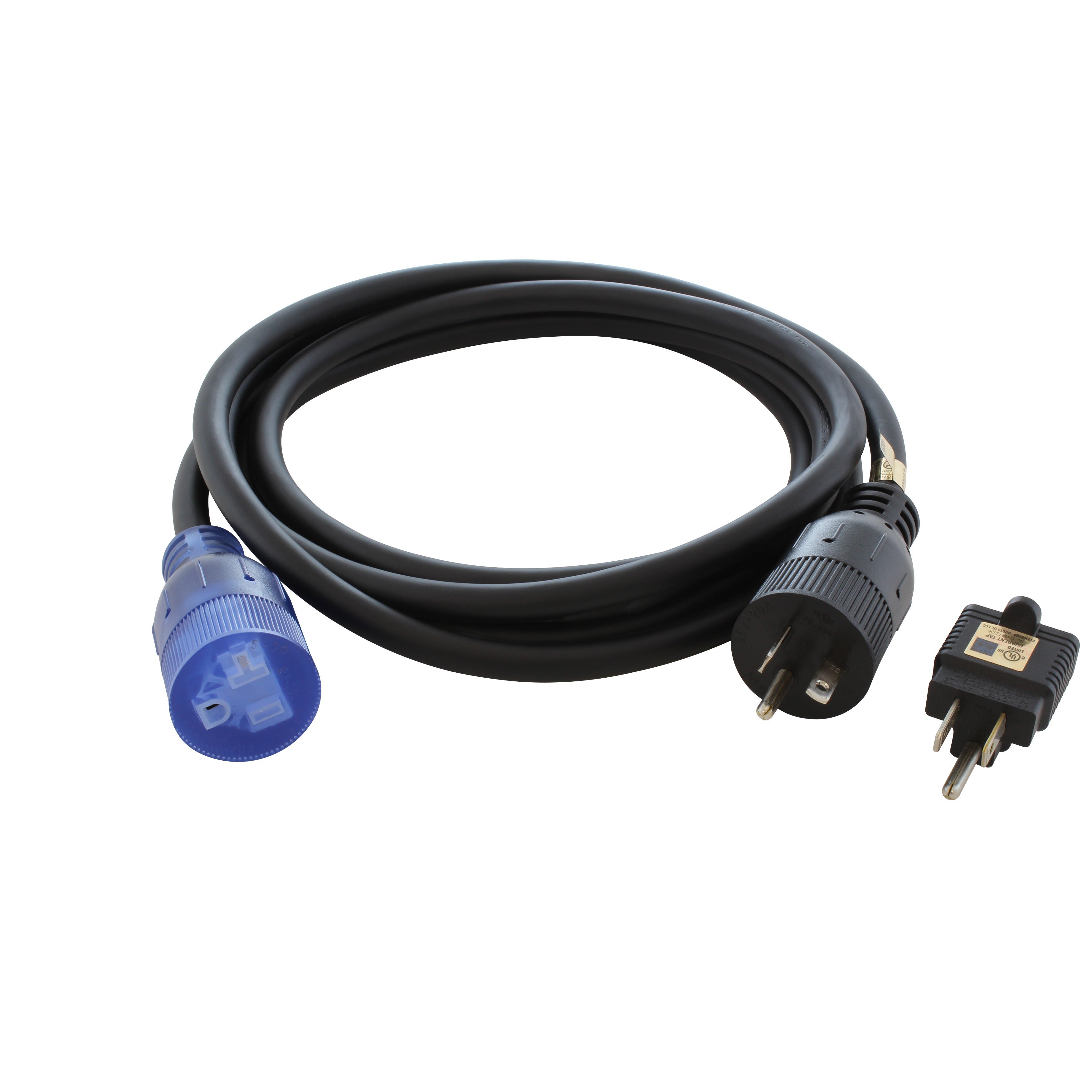
![AC WORKS® [XH515520] 15A to 15/20A 125 Volt Plug Adapter with ETL Safety Approval](http://acworks.com/cdn/shop/files/XH515520-0_daea425a-f439-48df-bb75-052167057f12.jpg?v=1729091519&width=2500)
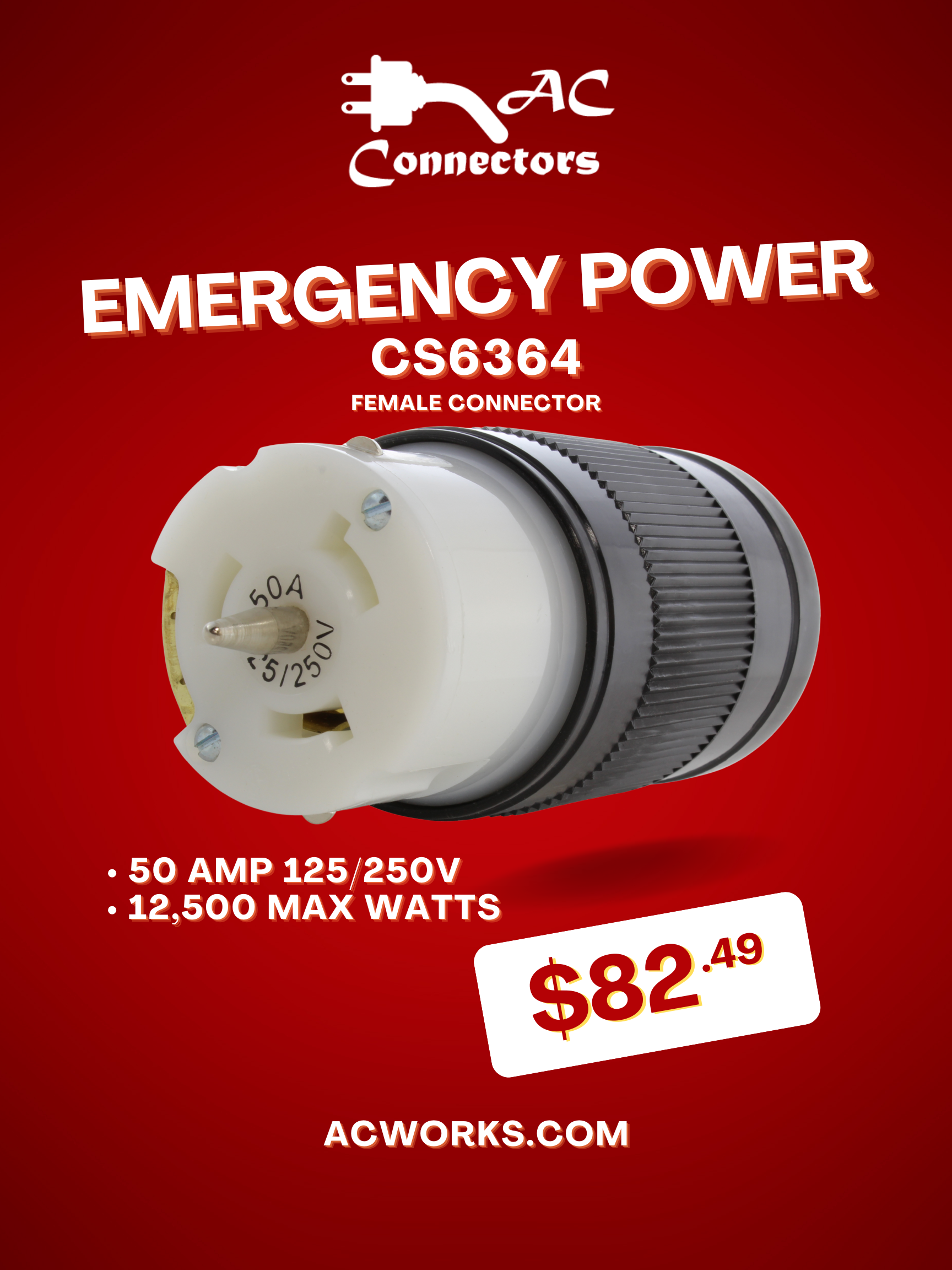

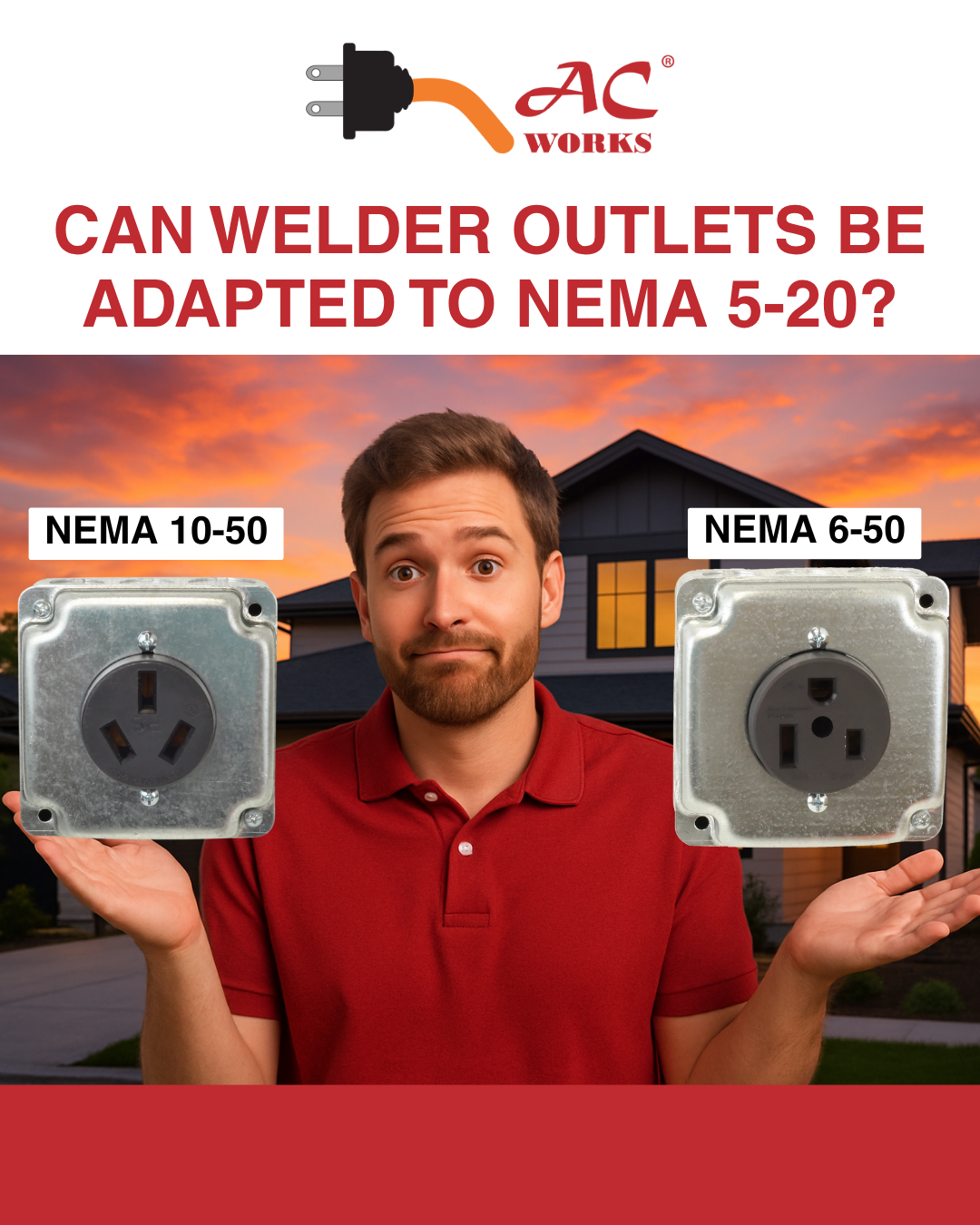
Share:
Why Grounding Your Dryer is Important
Compact Adapters
3 comments
It’s good that you pointed out that surge protectors are used to detect electrical power spikes and then divert them. It seems like a business would want to have multiple surge protectors especially if it has a lot of valuable computers and machinery. It seems like it would be important to prevent these devices from getting shorted out due to a spike in power. https://eescousa.com/services
Hello George, unfortunately, we do not carry a 30A surge protector.
Looking for a 30 amp surge protector for an rv